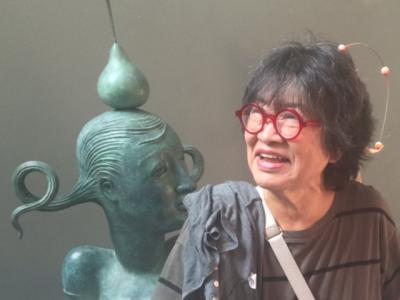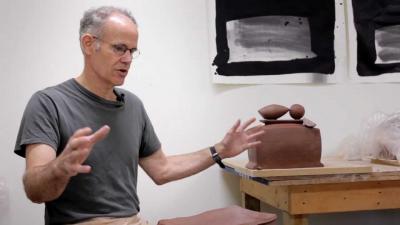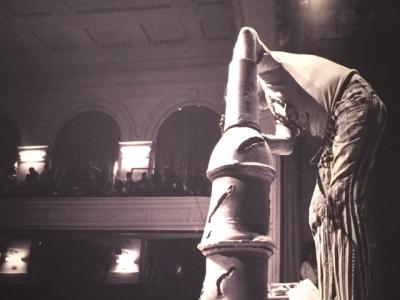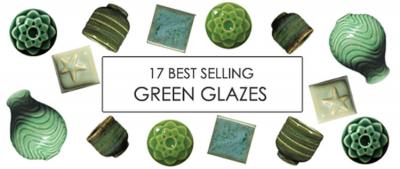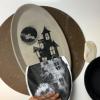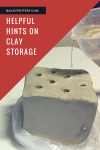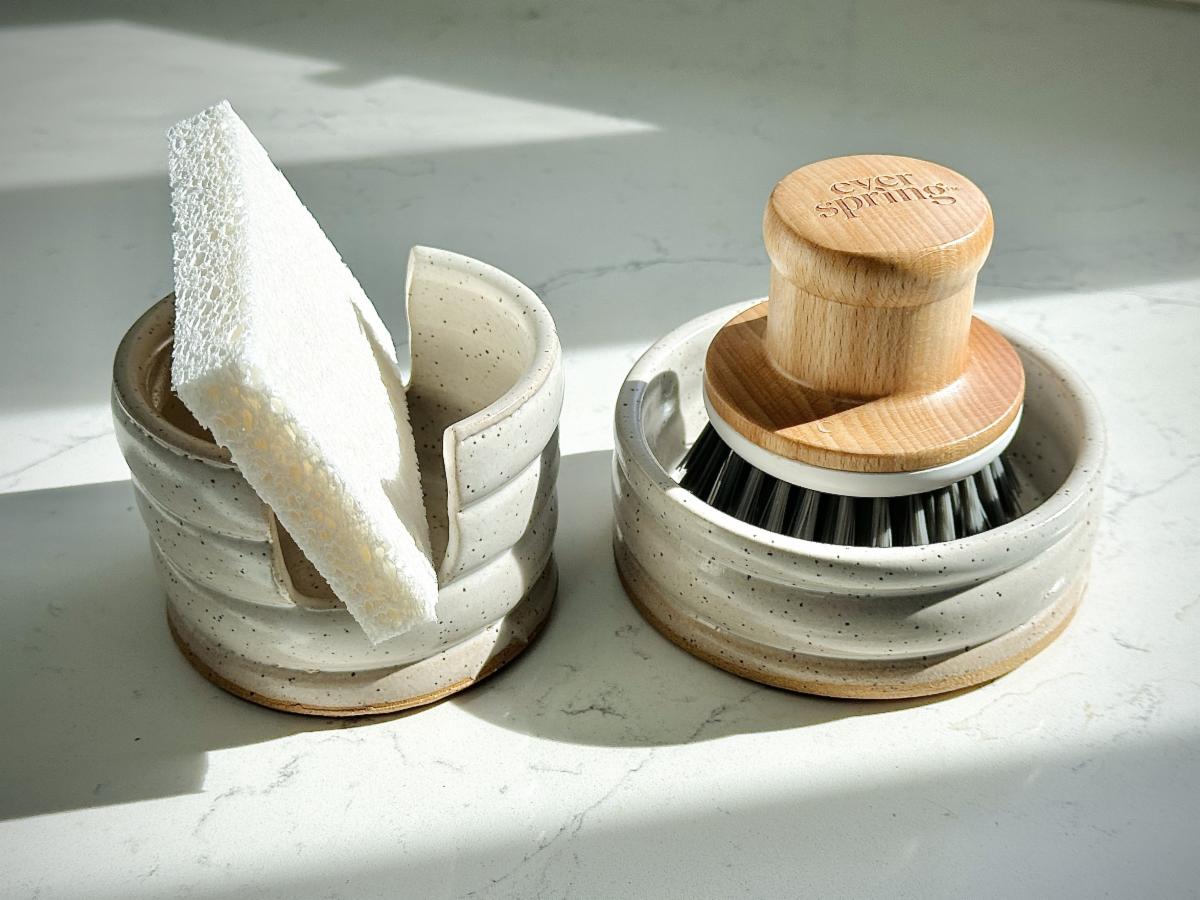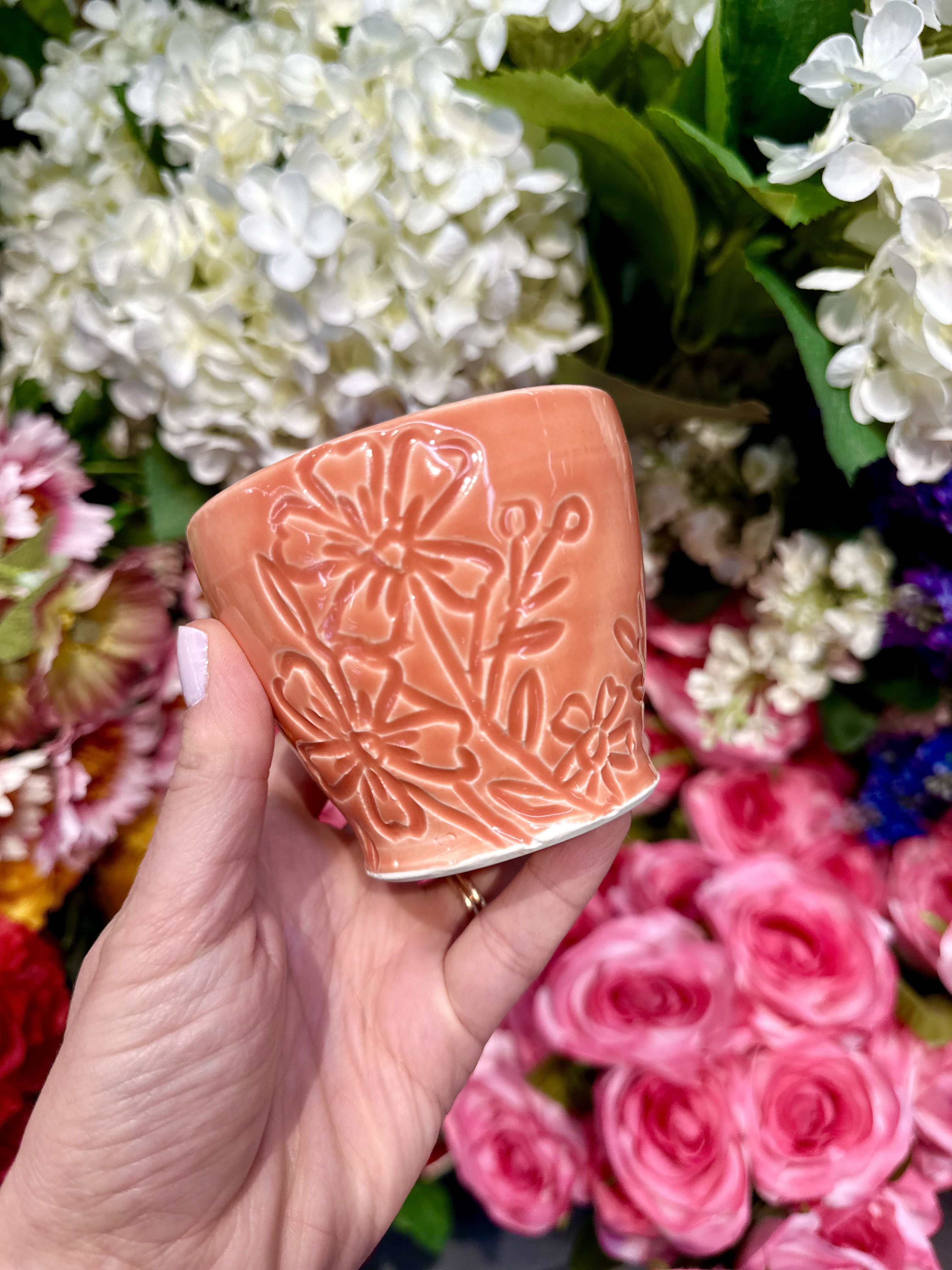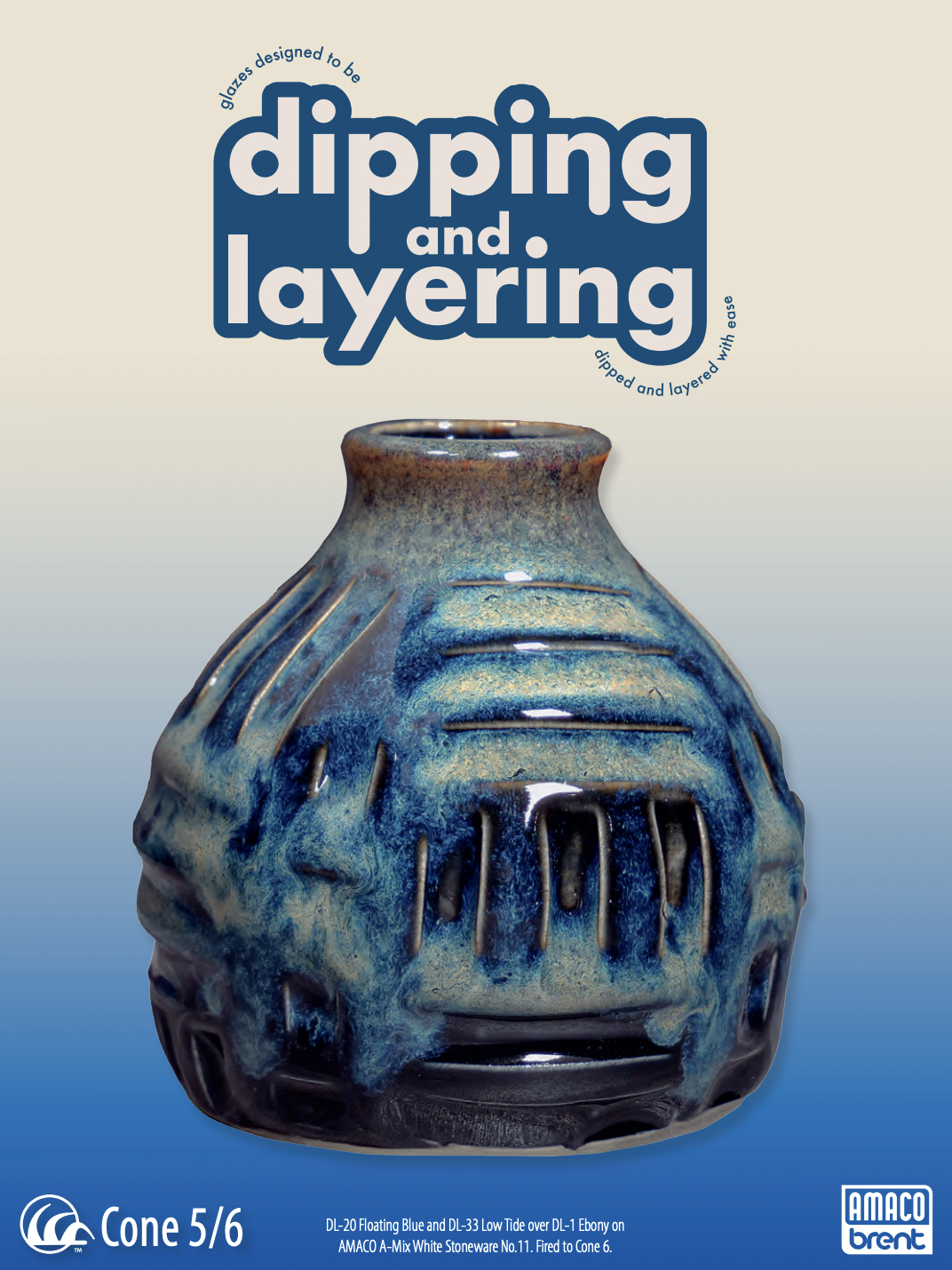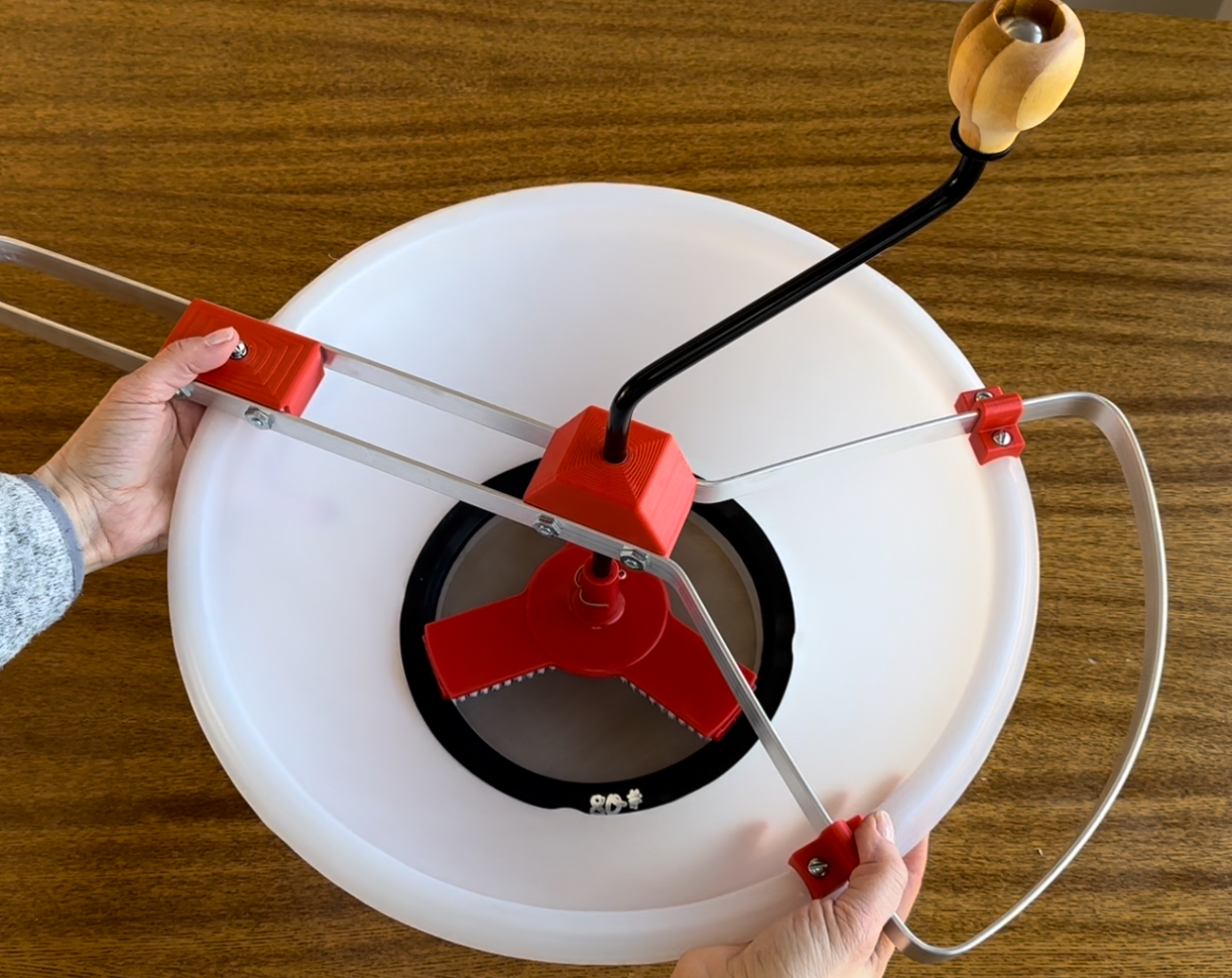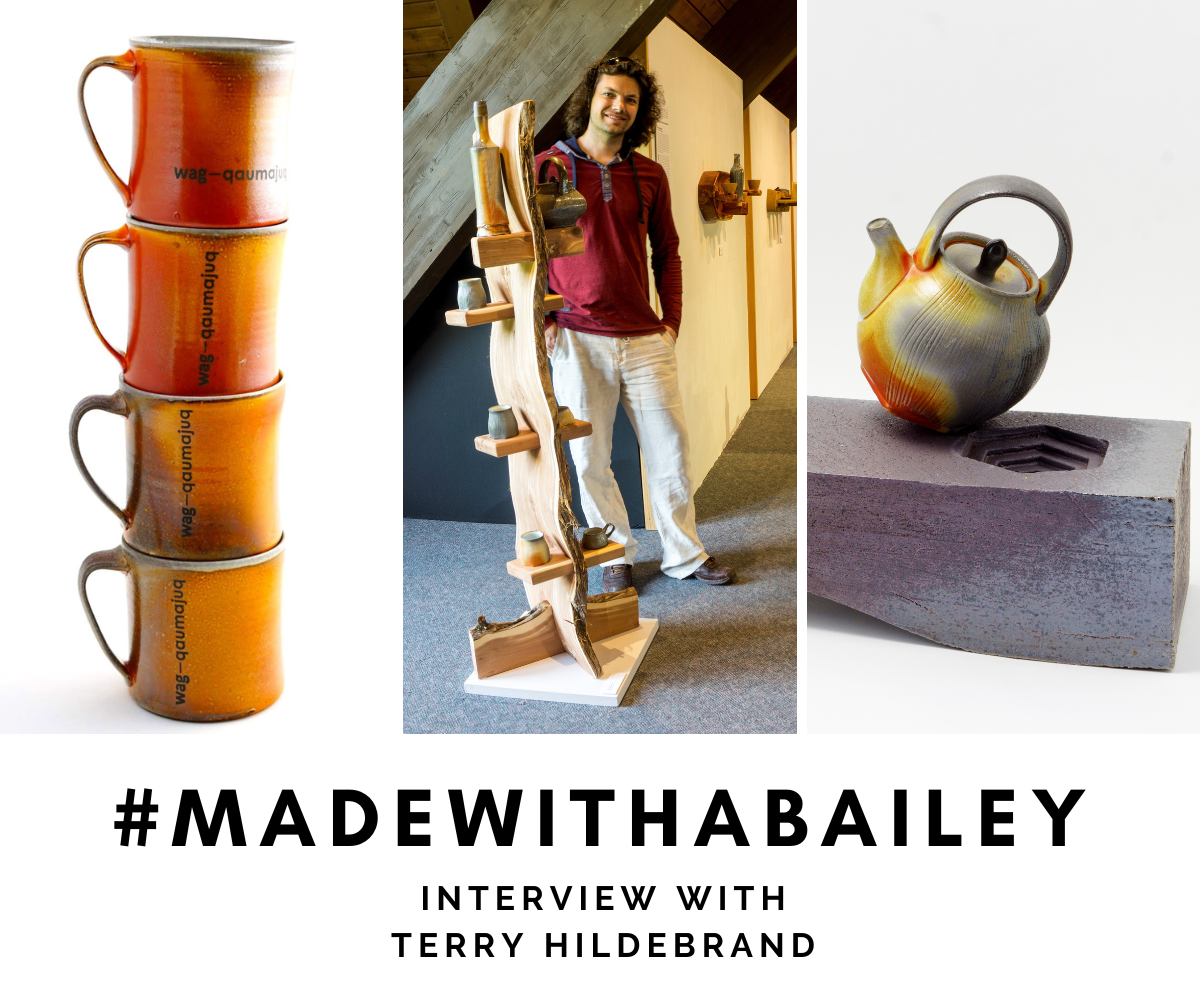Edmund de Waal in Paris

After a few days in London Jim and I ventured off by train to Paris. It’s a comfortable and convenient way to get there and when we arrived the city was just bustling with people. After so many lock-downs in Paris the joy in the air was palpable. We found ourselves smiling and laughing along with everyone we passed. The sound and sight of children playing freely without masks was emotionally overwhelming and reminded us of how much Covid has affected us all.
Our plan was to meet up with our good friends, Suzy and Nigel Atkins, from La Poterie du Don Le Fel. They have an outstanding gallery in Le Fel that features ceramic art from around the world. Suzy is an excellent potter as well. We have been traveling together for a dozen or so years always on the lookout for great ceramic art shows, fabulous museums, and great local cuisine. Because of Covid we had not seen each other in almost three years. It was a wonderful reunion.

Nigel suggested that we visit the Musee Nissim de Camondo. I had never heard of it. It might seem like an unlikely spot for a group of potters but within the museum was a special installation by the esteemed potter and great writer Edmund de Waal. The Camondo family arrived in Paris from Constantinople in 1869. In 1911 Moise de Camondo rebuilt the family mansion to house his extensive collection of 18th-century art and furniture. In 1935 the mansion and all its treasures were left to the city of Paris. Today it is a museum and the de Waal installation that we had come to see was the first of its kind there.

There was a feeling of sadness within the museum despite the beauty within. One learned quickly that many from the Camondo family were murdered in the Holocaust. Edmund de Waal’s particular interest in the museum derived from his own family’s ties to the Camondos. His grandparents, the Ephruzzis, came to Paris at about the same time as the Camandos and they were distantly related. The story of the Ephruzzis is beautifully and heart-wrenchingly told in de Waal’s book, The Hare with the Amber Eyes. If you haven’t read it I highly recommend it.

When we arrived in the de Camondo courtyard the first part of de Waal’s installation could be viewed. We arrived early and were struck by the starkness and beauty of several coffin like monoliths. I do not know if that was the intention of de Waal but we all experienced the same feeling. Carved into some of the corners were intentional “repairs” made to honor the tradition of kintsugi: the way broken pottery is fixed with gold to honor the pot and to memorialize the damage. Was this a kind of forewarning?

 The de Waal porcelain pieces within the museum were hidden amongst the furniture and artifacts. It was a bit of a treasure hunt finding them all. He brings the past into the present with his quiet yet very powerful work. Each piece interacted with the space in a personal and moving way. Some of the pieces were shards stacked carefully in beautiful translucent bowls. Others looked like letters or manuscripts carefully placed in drawers and on desk tops. The letters were reminders of the artists imaginary conversations with Moise de Camondo.He has created and just published, Letters to Comondo, which I look forward to reading. The broken shards within porcelain bowls made us think of the Camondo family and all they had endured and the fragility of life. It was an outstanding and informative experience.Anne Bailey
The de Waal porcelain pieces within the museum were hidden amongst the furniture and artifacts. It was a bit of a treasure hunt finding them all. He brings the past into the present with his quiet yet very powerful work. Each piece interacted with the space in a personal and moving way. Some of the pieces were shards stacked carefully in beautiful translucent bowls. Others looked like letters or manuscripts carefully placed in drawers and on desk tops. The letters were reminders of the artists imaginary conversations with Moise de Camondo.He has created and just published, Letters to Comondo, which I look forward to reading. The broken shards within porcelain bowls made us think of the Camondo family and all they had endured and the fragility of life. It was an outstanding and informative experience.Anne Bailey







